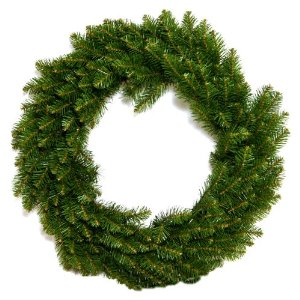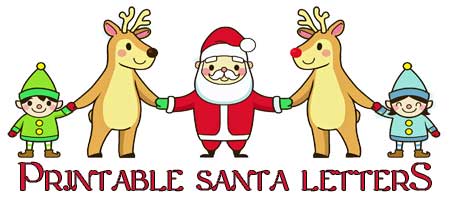
The ring or wheel of the Advent wreath of evergreens decorated with candles was a symbol in northern Europe long before the arrival of Christianity. The circle symbolized the eternal cycle of the seasons while the evergreens and lighted candles signified the persistence of life in the midst of winter. Some sources suggest the wreath, which is now seen as a Christian symbol, was in common use in the Middle Ages, while others say that it was established in Germany as a Christian custom only in the 16th century. Still others say the Advent wreath was not invented until the 19th century.
This last theory credits Johann Hinrich Wichern (1808-1881), a Protestant pastor in Germany and a pioneer in urban mission work among the poor, as the inventor of the modern Advent wreath. During Advent, children at a mission school founded by Wichern would ask daily if Christmas had arrived. In 1839, he built a large wooden ring (made out of an old cartwheel) with 19 small red and 4 large white candles. A small candle was lit successively every weekday during Advent. On Sundays, a large white candle was lit.
The custom gained ground among Protestant churches in Germany and evolved into the smaller wreath with four or five candles known today. Roman Catholics in Germany began to adopt the custom in the 1920s, and in the 1930s it spread to North America.
Today’s Advent wreath is usually a horizontal evergreen wreath with four candles. Beginning with the First Sunday of Advent, the lighting of a candle can be accompanied by a Bible reading and prayers. An additional candle is lit during each subsequent week until, by the last Sunday before Christmas, all four candles are lit. Some Advent wreaths include a fifth, “Christ” candle which can be lit at Christmas.
In Medieval times, Advent was a fast, during which people’s thoughts were directed to the expected second coming of Christ, but in modern times it has been seen as the lead up to Christmas, and in that context Advent wreaths serve as a reminder of the approach of the feast.
– Source: Wikipedia



